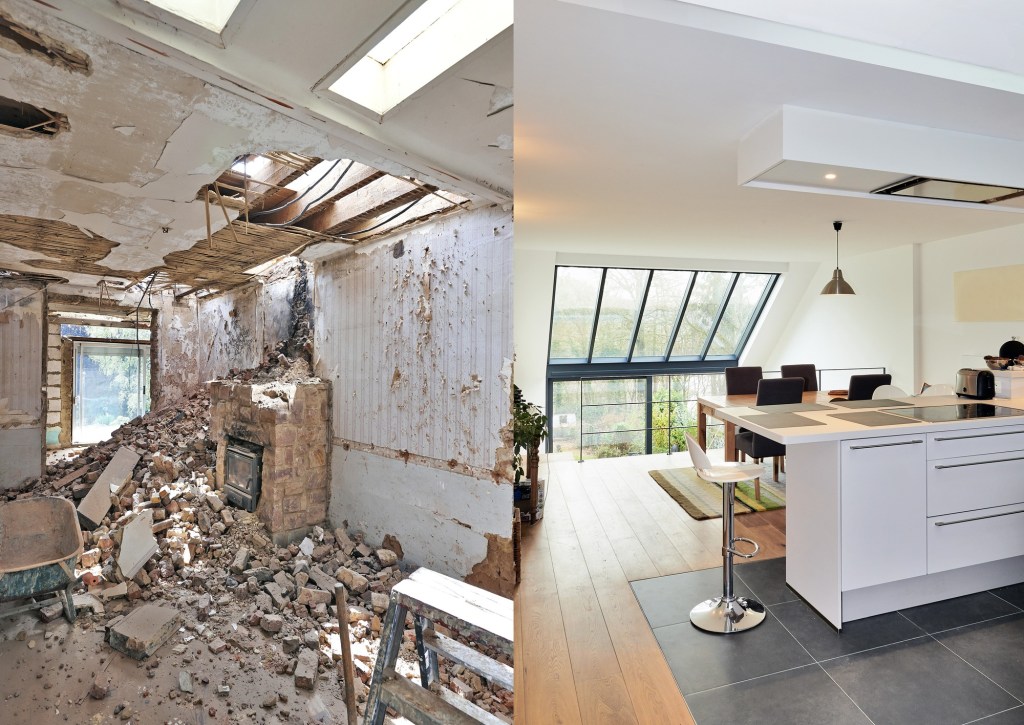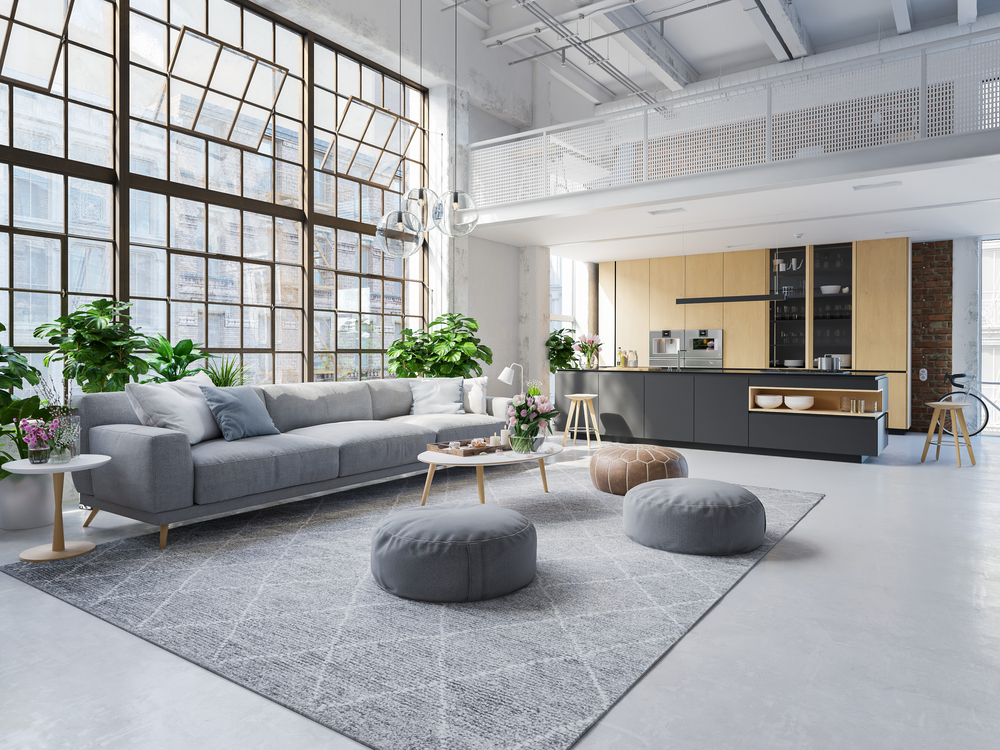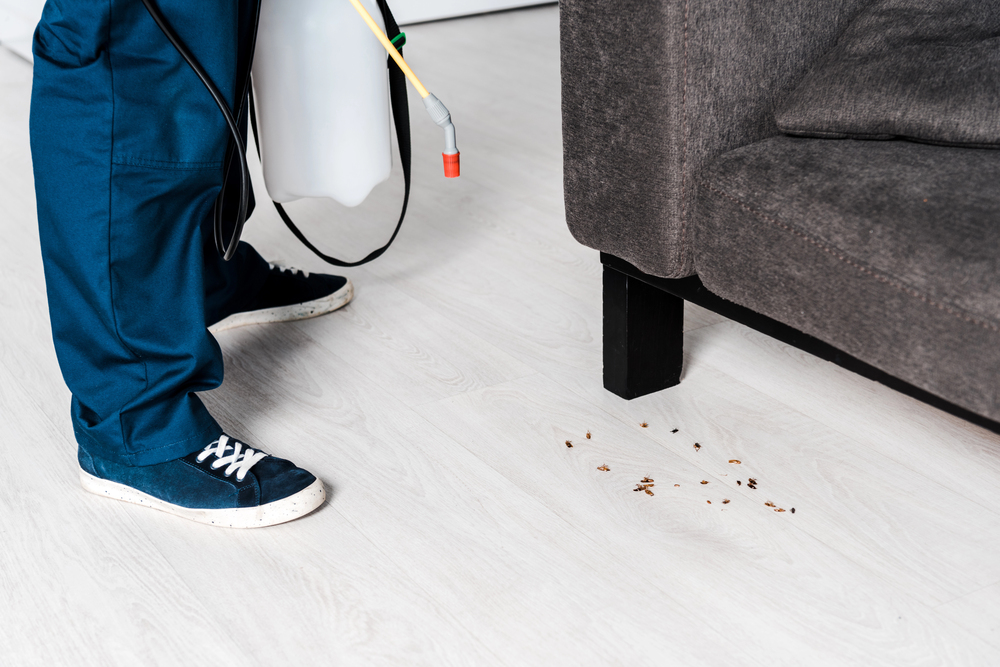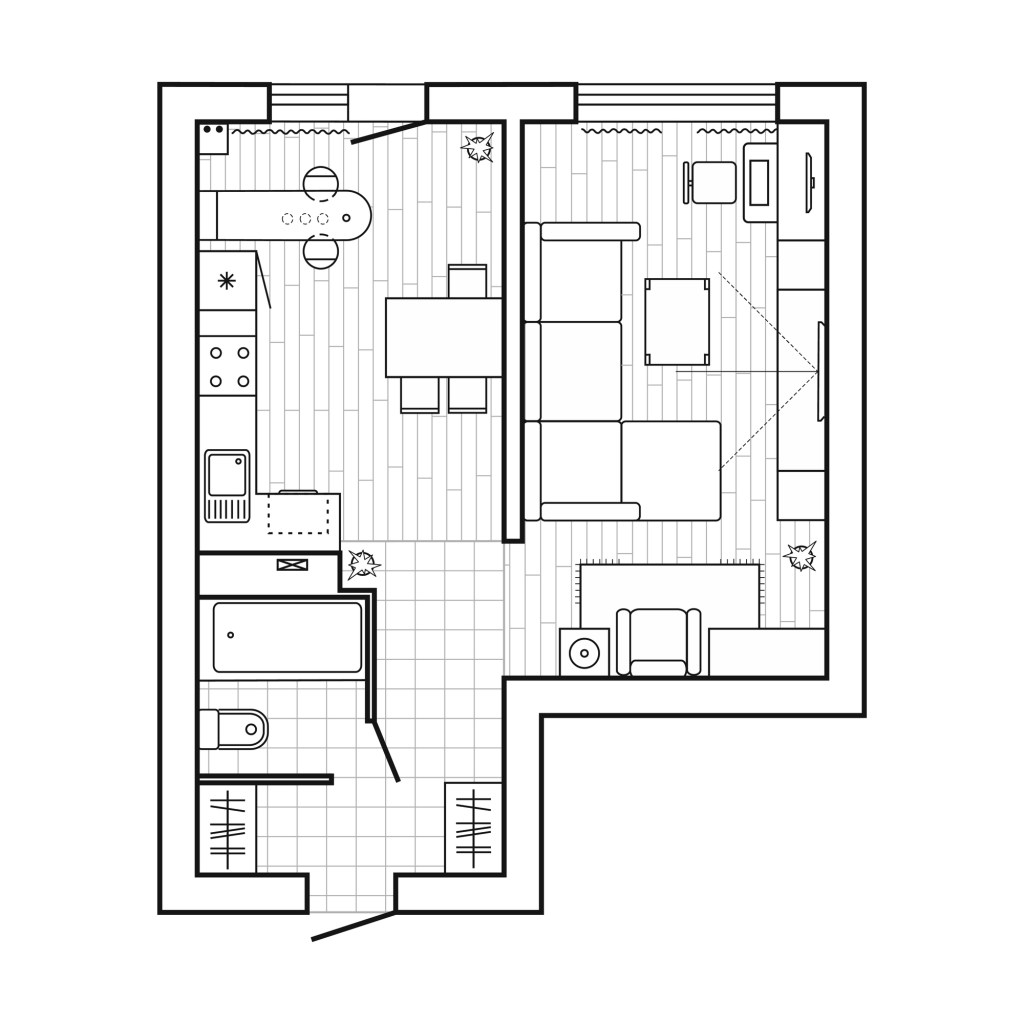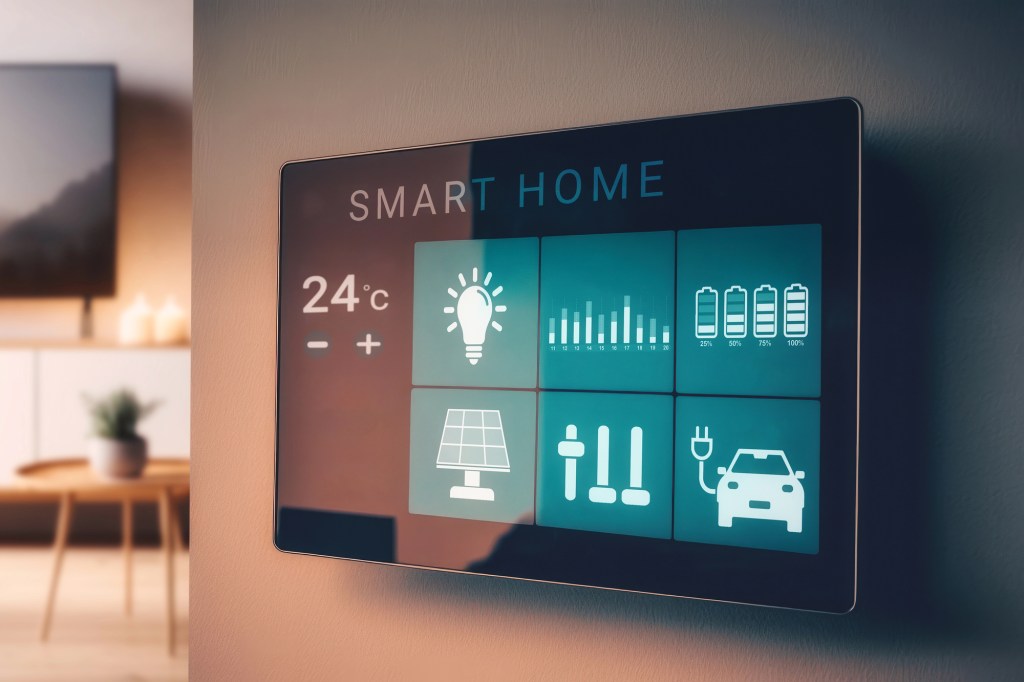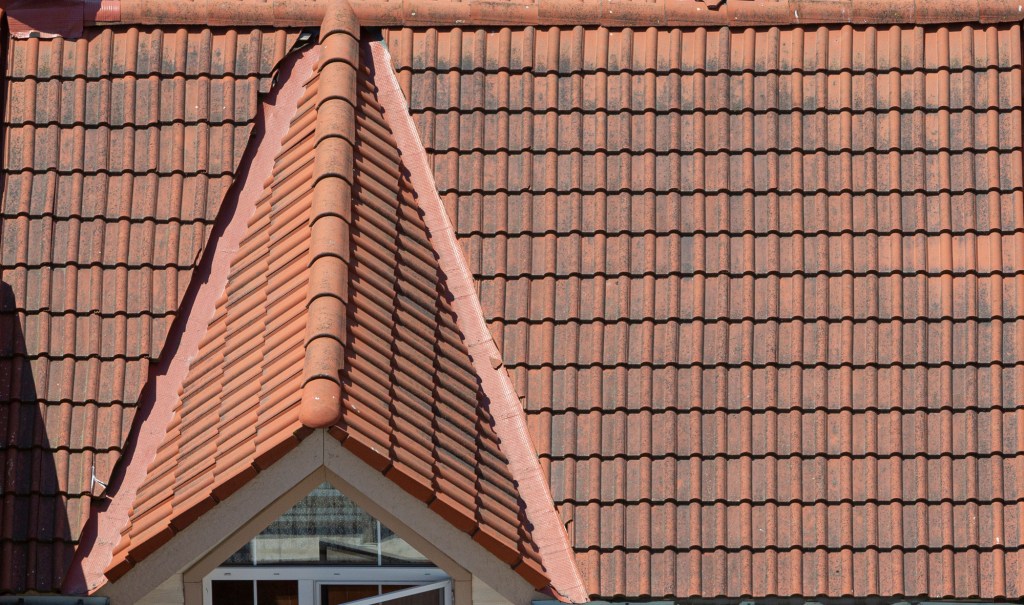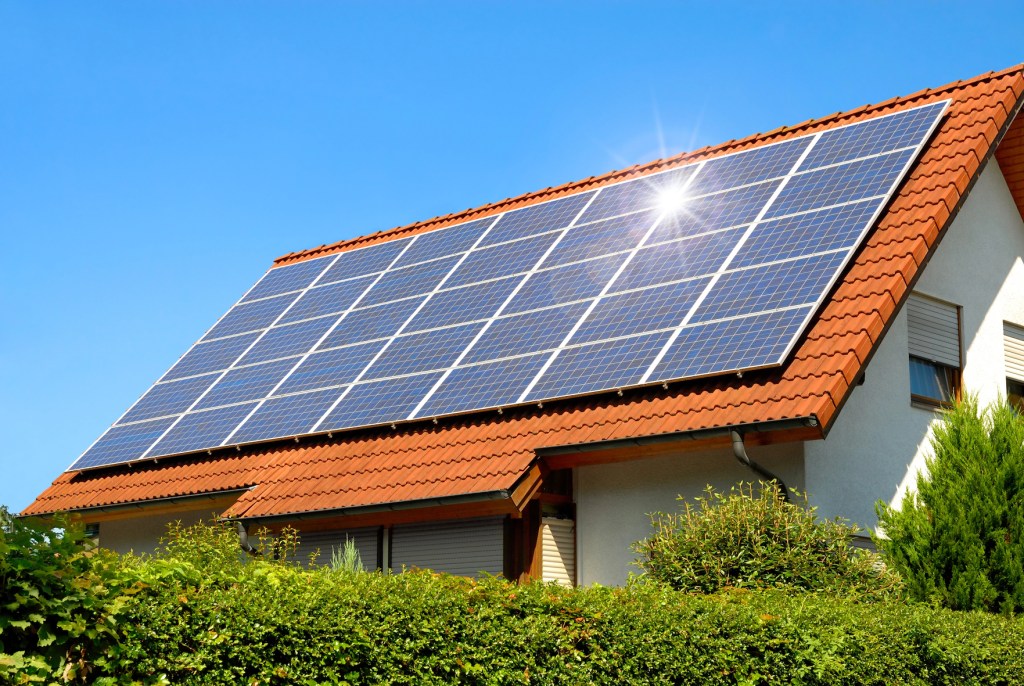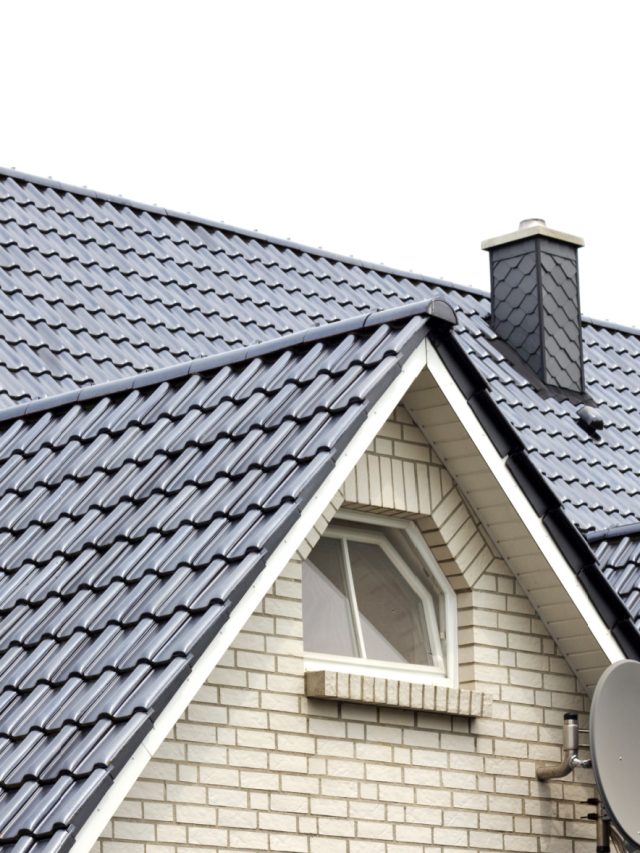Renovating A Kitchen? How A Dumpster Simplifies The Cleanup
A kitchen renovation is one of the most exciting projects a homeowner can take on. It’s a chance to create a modern, functional, and beautiful space where family and friends can gather. But while new cabinets, countertops, and appliances often steal the spotlight, there’s another side to kitchen remodeling that few talk about: the mess. … Read more
